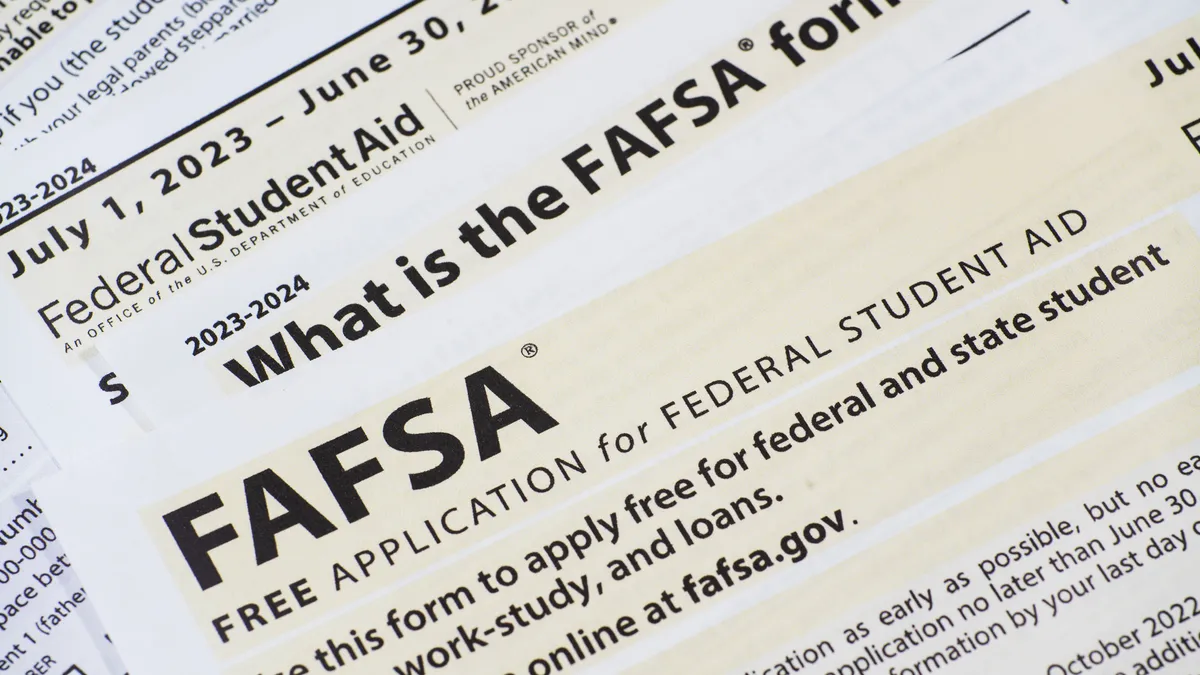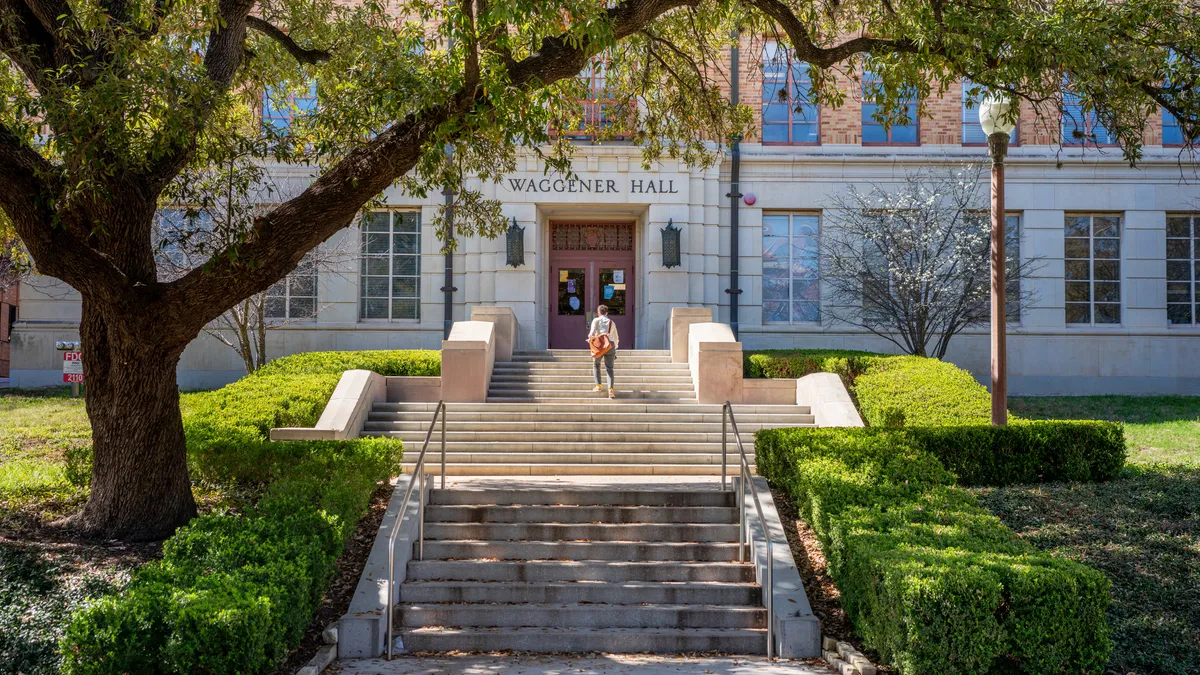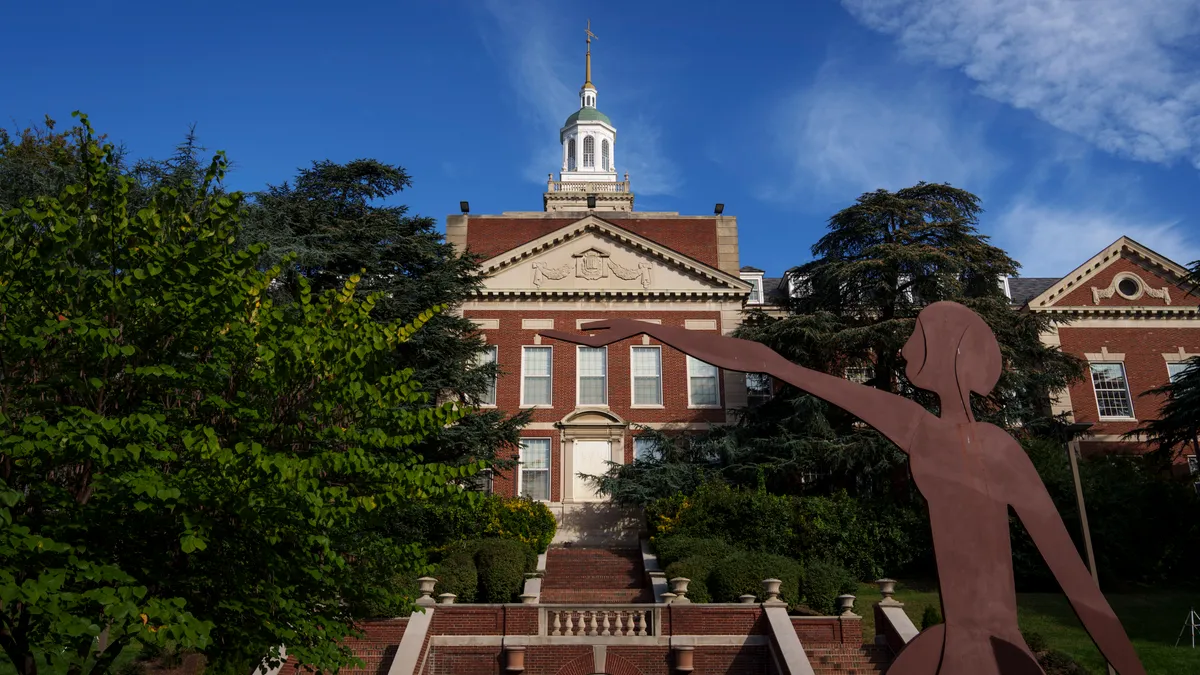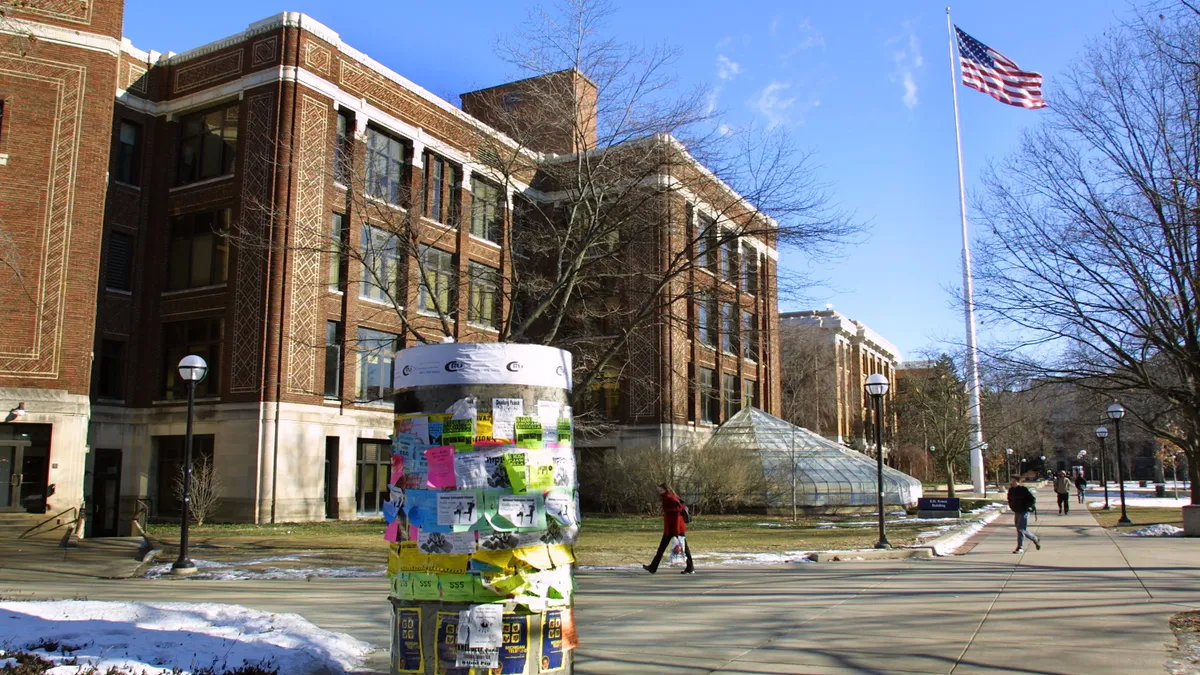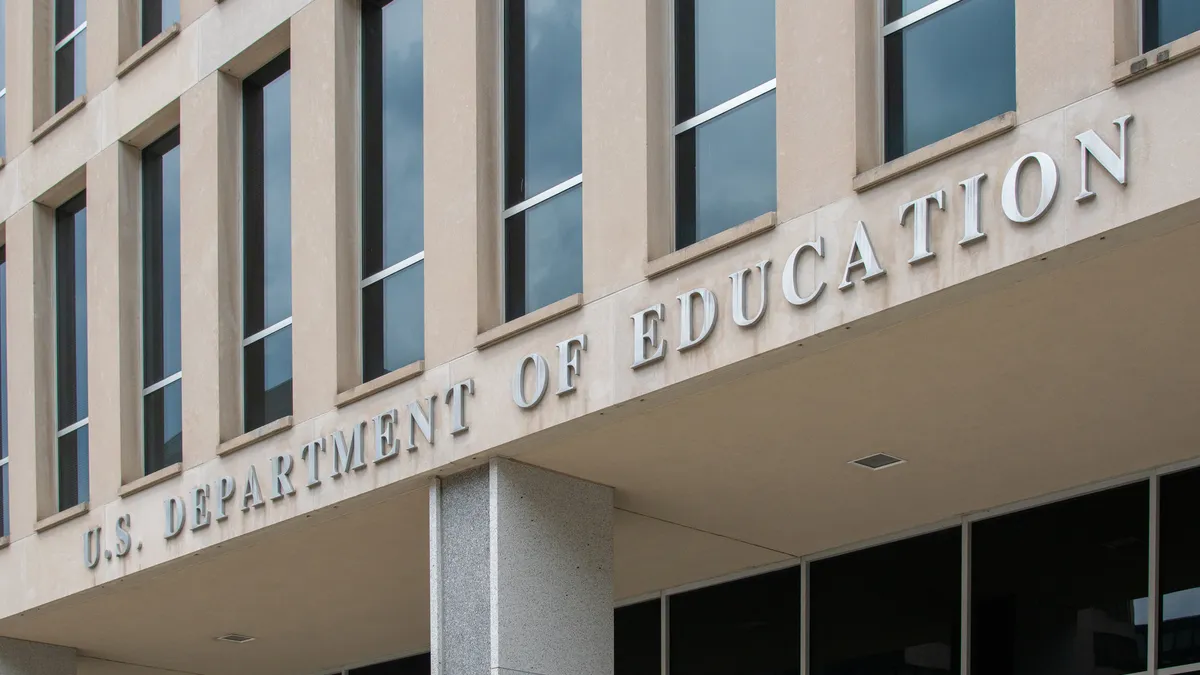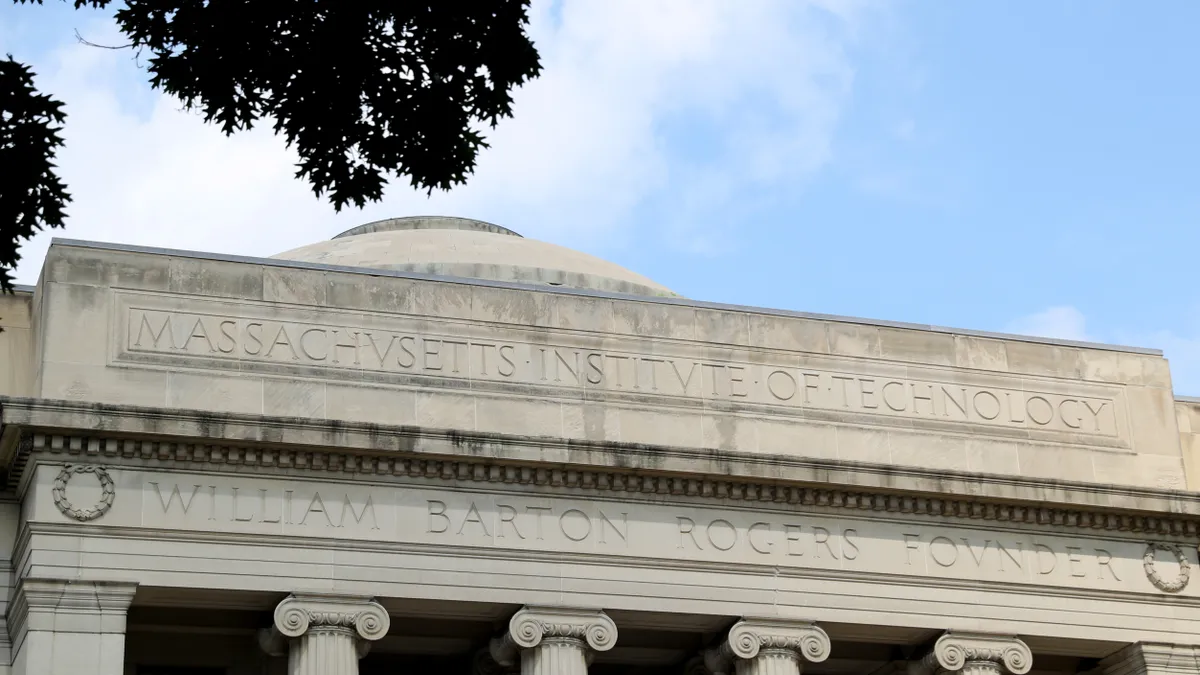Federal student aid in the U.S. depends on one form — the Free Application for Federal Student Aid, or the FAFSA. But not every student fills it out.
Recently, researchers at The Century Foundation, a left-leaning think tank, looked closely at completion rates for the FAFSA and cataloged some surprising trends.
Among them: Completion rates for low-income students have mostly rebounded after dips seen during the pandemic, while completion rates for most other income groups have declined. Middle-income students, in particular, still have lower completion rates than they did pre-pandemic.
“Reaching middle income families remains a difficult problem to solve even as low-income communities are doing relatively well,” said Peter Granville, co-author of the research and fellow at The Century Foundation.
Much of the concern around FAFSA completion rates is about low-income students not getting all of the aid that they’re entitled to. In turn, less aid can prevent students from attending college or succeeding once there. The pandemic depressed overall FAFSA completion rates, as some students reconsidered higher education in the face of widespread remote learning and a strong labor market.
The rebound of FAFSA completion for low-income students and families is a promising signal for policymakers who have been trying to get those rates up, Granville said.
“Historically, low-income families had been the least likely to complete the FAFSA despite having the greatest need for aid,” he said. “These trends suggest that something has been working to engage low-income communities in the financial aid process.”
For the class of 2017, about 52.9% of students in the lowest income quintile filled out the FAFSA, according to the think tank’s analysis, which looked at data from the Federal Student Aid Data Center. That amount was roughly the same for the class of 2023. Researchers did not look at the class of 2024, which was affected by the delayed rollout of a new form by the U.S. Department of Education.
The numbers likely indicate that policies to encourage FAFSA completion among low-income students are working, Granville said. Those include making FAFSA completion a requirement for high school graduation or for participating in free college programs. Direct admissions programs — in which colleges proactively offer admission to high schools students — can also encourage FAFSA completion.
“I take it as a sign of encouragement for policymakers who want to see families with significant needs receive the aid offers that they’re entitled to,” Granville said.
Similarly, FAFSA completion rates are level for other groups that policymakers have often targeted. Completion rates for students from areas with the lowest average educational attainment have increased by more than 1 percentage point since 2017, reaching 54.2% for the class of 2023.
And while students from largely Black and Latino neighborhoods have historically had lower FAFSA completion rates than their peers in other areas, that relationship has now reversed slightly.
In 2023, those student groups were slightly more likely to file a FAFSA than their counterparts in neighborhoods with smaller shares of Black and Latino residents. Among the class of 2023, 54.9% of students from neighborhoods with the highest shares of Black and Latino residents completed the form, compared with 53.2% of students from neighborhoods with the lowest shares.
Part of that is likely due to California and Texas passing FAFSA requirements for high school students to graduate, researchers suggested. In both states, Hispanic and Latino residents account for roughly 40% of the poplation, Census data shows.
Low-income families are almost always entitled to some federal student aid if they fill out the FAFSA. But middle-income families face a more complicated picture. It can be difficult for them to know if filing a FAFSA will really be worth their time, Granville said.
Students in the middle three income quintiles saw their FAFSA completion rates decrease between 2017 and 2023, some by as much as 3 percentage points. Rates currently hover between 49% and 54%.
But middle-income students and families might still qualify for federal aid, and still might be leaving money on the table if they don’t fill out a form.
Granville said colleges and states offering free or reduced tuition to students with household incomes below a certain threshold could make the financial aid process more clear for families and help address the FAFSA completion declines in middle-income families.
“A highly complex financial aid system has downsides,” he said.


